In early June the grub pupates. Adults feed on over 300 plants in 79 families ranging from field crops to rangeland vegetables to ornamental plants and shrubs.
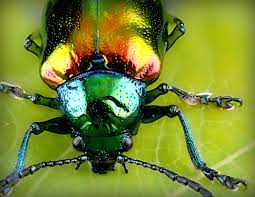
How To Survive The Coming Japanese Beetle Invasion Denver Public Library
Japanese Beetle Life-cycle.

. According to Colorado State University experts the Japanese beetle has a one-year life cycle. 1 One of the main crops that Japanese beetle can be a pest of is field corn Zea mays one of the most important cereal crops in the United StatesThe purpose of this article is to provide background information on the Japanese. Japanese beetle has a one year life cycle.
Females live for a few weeks. Egg grub and adult stages. Cranshaw very in-depth and helpful United States Department of Agriculture Colorado Japanese Beetle.
Some Japanese beetles can still be found and trapped in September but they become difficult to find by the middle of October. Adults may begin to emerge from the soil in early June and are usually in full force in early summer from late June through early August. For close to a century the Japanese beetle Popillia japonica has been one of the most seriously damaging insect pests of both turfgrass and landscape plants over a broad area of the eastern US.
Adults usually emerge from grass turf where they finished their underground life cycle in. In the spring as the soil warms Japanese beetle grubs migrate to the surface briefly feeding on grass roots. Japanese Beetle Fact Sheet from Colorado State University 5601 by Dr.
General life cycle of Japanese beetle. Japanese Beetle Life History. Around the very end of June or early in July the adult beetles will emerge from your lawn and start showing up on your plants.
In Lansing and southern Michigan Japanese beetle adults reach peak activity between the middle of July and middle of August. Larvae that have matured by June pupate and the adult beetles emerge from the last week of June through July. In Colorado adult beetles emerge from the soil mid to late June with peak emergence occurring in mid to late July.
Japanese beetles go through a one-year life cycle but if you have a yard you care about the real joy with beetles comes in the second half of the summer in Colorado. Japanese beetle has a life cycle that takes one year to complete. Scent of the Missing -- Love and Partnership with a Search and Rescue Dog.
A Japanese beetle life cycle is completed in one year. The first beetles out of the ground seek out suitable food plants and begin to feed immediately. Japanese beetle life cycle.
Each female lays up to 60 eggs as an. BY JOEL FLOYD USDA APHIS PPQ. Unfortunately our love for lush green lawns comes gives them just the nursery theyre looking for.
The well-watered root zones of our turf grass. Shiny metallic green one-half inch long beetles swarm plant foliage feeding on the top of the. Colorado was originally thought to be protected from invasive Japanese beetlePopillia japonicacolonization and establishment due to our semi-arid climate.
Throughout their 4-8 week lifespan the mated females lay eggs in grass lawns. Grubs are up to 1 inch long C-shaped and have six legs. It emerges from the soil in late June and July as an adult mates and lays eggs.
Japanese Beetles in the Urban Landscape Purdue Extension. On warm sunny days the new beetles crawl onto low growing plants and warm for a while before taking flight. In late June and early July adult beetles emerge.
The Japanese beetle was first introduced into Colorado in the early 1990s from nursery stock purchased in the mid-western United States. Adults emerge from the soil in early June and starting feeding and mating on foliage and flowers of their host plants. Recently there have become a few permanent reproducing populations of this insect in some communities along the Front Range of Colorado.
Japanese beetles spend most of their lives as a soil grub. However some adults may be found well into September. Japanese Beetle Life Cycle Japanese beetles overwinter as almost-mature larvae deep in the soil often more than 10 inches deep.
Questions and Answers about Japanese Beetles from Dr. However some adults may be found into September. Japanese beetles life cycle begins in our lawns.
As the soil warms. Through winter the Japanese beetle in the larval stage a white grub found within soil. Japanese Beetles have one generation per year and adult females lay 40-60 eggs in the soil that hatch into grubs about 10 days later4.
A Japanese Beetle lives one year. The progressive life stages of the Japanese beetle during that period are egg larva white grub pupa adult. The Japanese beetle has a very wide host range.
Adult beetles can be detected in traps until early September depending on weather conditions. The larvae immature beetles are a major pest of turfgrass. Japanese Beetle Life Cycle.
Adults may begin to emerge from the soil in early June and are usually most abundant in early summer from late June through early August. Female adult beetles each lay 40 to 60 eggs in their lifetime. Japanese beetles have a one-year complete life cycle from egg larva pupa adult.
Scientists and experts were caught off guard by the ability of the pest to establish itself in our region thinking that Japanese beetle an insect that likes moisture and humidity would never become a problem in the semi-arid Colorado climate. Adult beetles are most active in the heat of the day and are voracious feeders on ornamental and agricultural plant. Japanese beetle Popillia japonica is a generalist pest capable of feeding on over 300 different plant species many of which are of economic importance.
Massachusetts evidence of a 2 year life cycle of Japanese beetle exists Vittum 1986. The grubs feed until October and will remain inactive until spring March April when they start to feed again. What is the life cycle of the Japanese beetle.
They feed on trees shrubs and flowers in the morning and return to the turf in the afternoon to lay more eggs. A non-fiction book by Susannah Charleson published April 2010 by Houghton Mifflin Harcourt. Biology and Life Cycle one-year complete life cycle from egg larva pupa adult.
Adults usually emerge in June females begin egg laying until September. Larvae and eggs of Japanese beetle need at least 10 inches of soil moisture to thrive. Orkin Termite Treatment Pest Control Exterminator Service.
In females the spine is rounded and males it is sharper 3.

Japanese Beetle Pests Soybean Integrated Pest Management Ipm Field Crops Purdue University
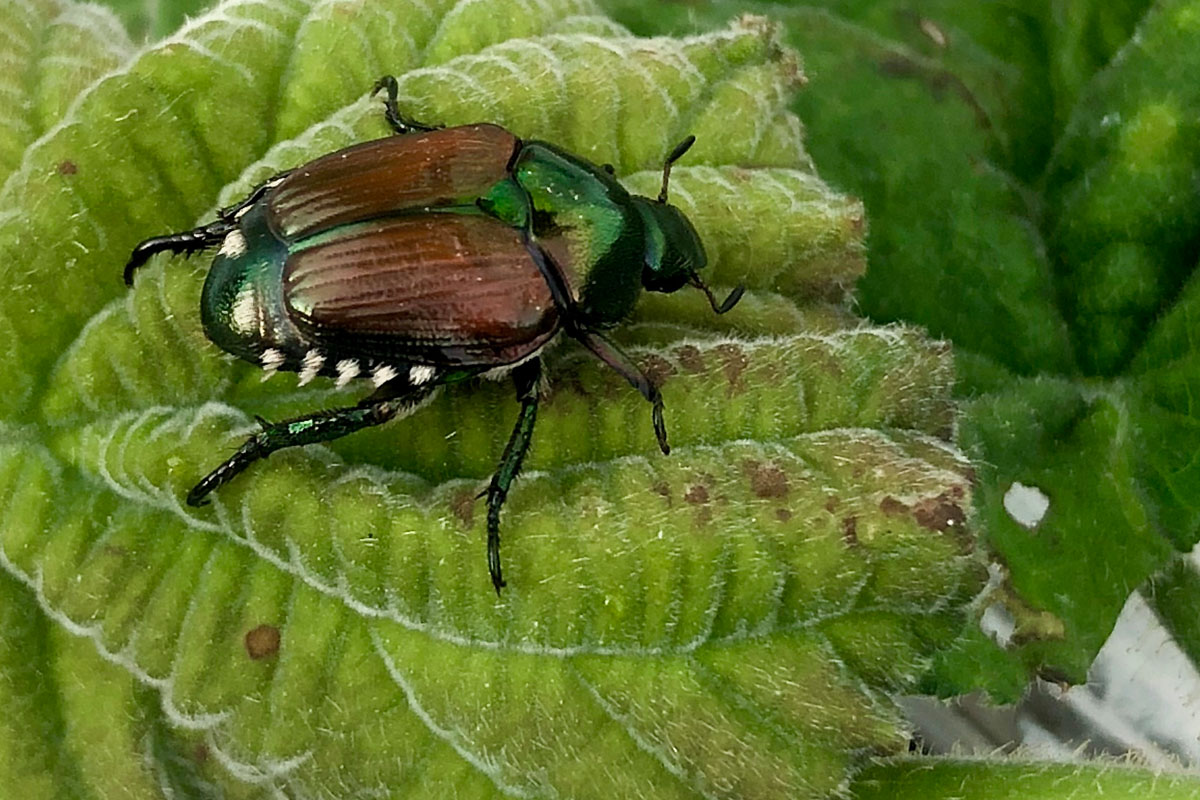
Japanese Beetle Control The Good Earth Garden Center
How To Control Japanese Beetles Farm And Dairy

How To Protect Your Trees And Shrubs From Japanese Beetle Damage

Effective Management Remains Elusive For Beetle That Eats Almost Anything
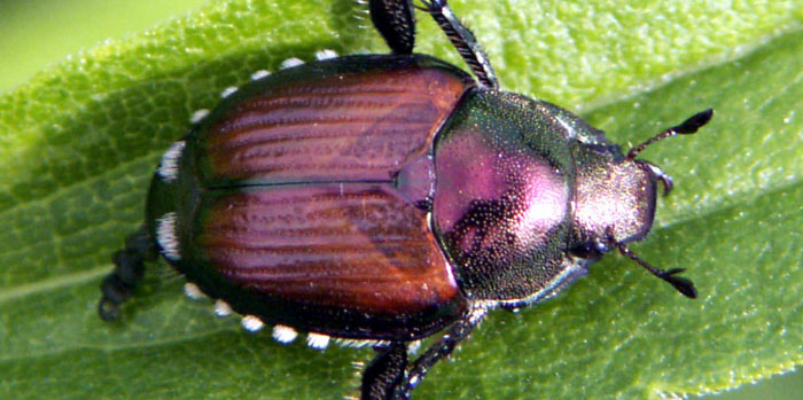
Cdfa Plant Health Japanese Beetle

How To Use The Japanese Beetle Growing Degree Day Model Pest Prophet Blog

Colorado Garden Punch List Betty Cahill Japanese Beetle Update July August 2017

Tips On How To Control Japanese Beetles In Colorado
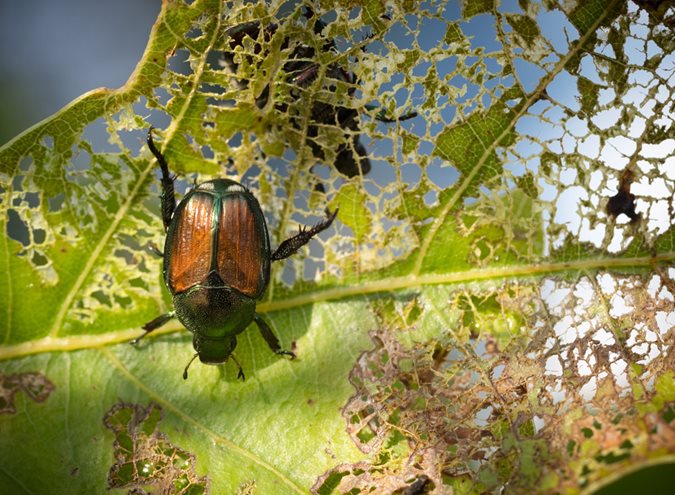
How To Get Rid Of Japanese Beetles Garden Design

How To Control Japanese Beetles Organically Japanese Beetles Garden Pests Garden Pest Control

Japanese Beetle Habitat Facts How To Get Rid Of Japanese Beetles Safer Brand
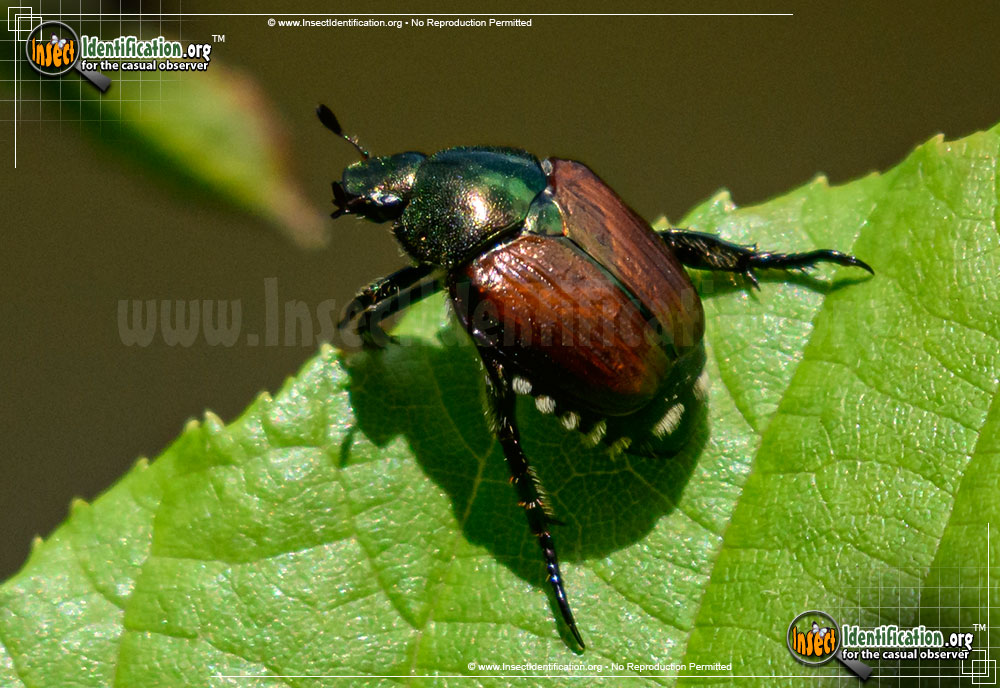
Japanese Beetle Popillia Japonica
Tagawa Has The Tools You Need To Fight Japanese Beetles

How To Get Rid Of Japanese Beetles In Your Yard

What Eats Japanese Beetles Lovetoknow
Colorado Proposes Japanese Beetle Quarantine Changes Nursery Management

